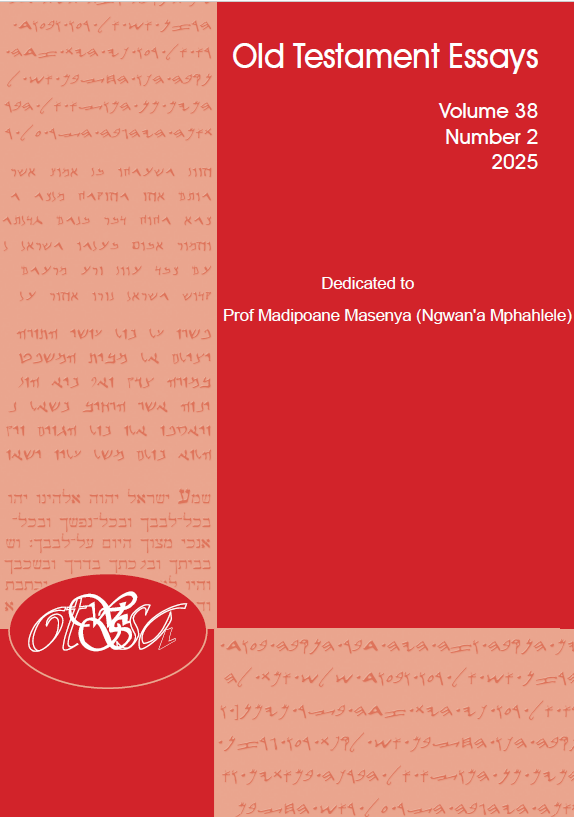Abstract
This article is inspired by Madipoane (Ngwan’a Mphahlele) Masenya’s essay titled, The Dissolution of the Monarchy, the Collapse of the Temple and the “Elevation” of Women in the Post-Exilic Period: Any Relevance for African Women’s Theologies? Masenya questions the possibility of gender equality within a patriarchal household due to claims of egalitarianism in the pre-monarchical and the post-monarchical communities in ancient Israel. Joining this conversation, this article suggests that describing ancient Israel and pre-colonial Africa as patriarchal may embolden patriarchists. It notes that patriarchists do not take responsibility for their patriarchal tendencies by claiming obedience to Scriptures and pre-colonial African tradition. Therefore, the study explores the idea of heterarchy as a social science model to explain the gender dynamics of the pre-monarchic and pre-colonial eras. It is argued that by establishing pre-monarchic Israel and pre-colonial Africa as heterarchical, patriarchists will be unable to hide behind the Bible and African tradition for their patriarchal tendencies. They will have to take ethical responsibility for the violation of the dignity of women. To demonstrate heterarchy in pre-monarchic Israel, the story of Deborah is used as an illustration and in the case of pre-colonial Africa, the status of four Southern African women—Nozidiya, Mkabayi, Lozikeyi and Modjadji—is considered.
Authors who publish with this journal agree to the following terms:
- Authors retain copyright and grant the journal right of first publication with the work simultaneously licensed under a Creative Commons Attribution License that allows others to share the work with an acknowledgement of the work's authorship and initial publication in this journal.
- Authors are able to enter into separate, additional contractual arrangements for the non-exclusive distribution of the journal's published version of the work (e.g., post it to an institutional repository or publish it in a book), with an acknowledgement of its initial publication in this journal.
- Authors are permitted and encouraged to post their work online (e.g., in institutional repositories or on their website) prior to and during the submission process, as it can lead to productive exchanges, as well as earlier and greater citation of published work (See The Effect of Open Access).

